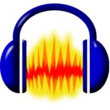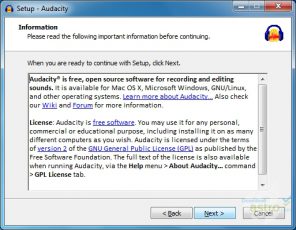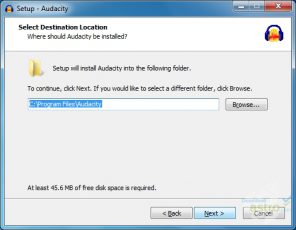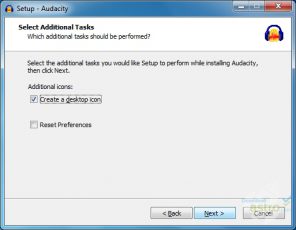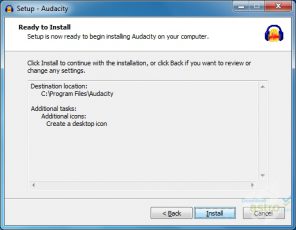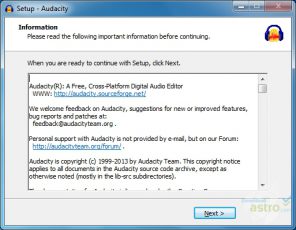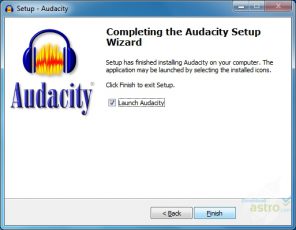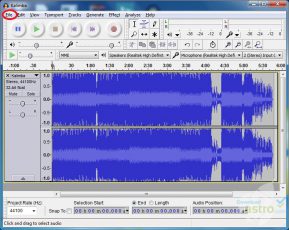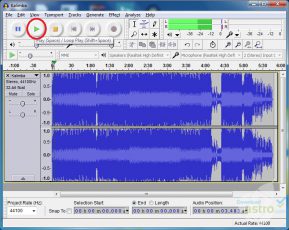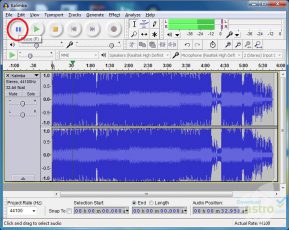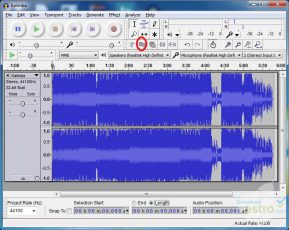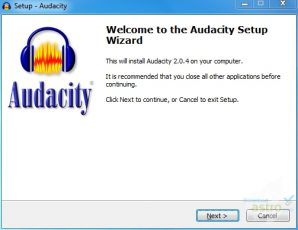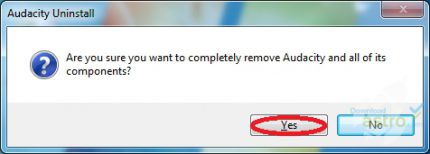Introduction
Audacity, the open-source audio editing software, has been a trusty companion in my digital toolkit for quite some time. Whether it’s podcast editing, music production, or simple audio manipulation, Audacity has proven its worth. In this comprehensive review, I’ll walk you through my experiences with Audacity, evaluating its installation process, user interface, features, performance, reliability, and more. By the end, you should have a clear understanding of whether Audacity is the right choice for your audio editing needs.
Installation and Setup
One of the standout features of Audacity is its ease of installation. Being an open-source software, it’s freely available on multiple platforms, including Windows, macOS, and Linux. The installation process is straightforward, with no hidden bloatware or complications. Within minutes, I had Audacity up and running on my system. Additionally, it doesn’t consume too much disk space, which is a plus if you’re tight on storage.
User Interface and Design
Audacity’s user interface might seem a bit daunting for beginners due to its myriad of buttons and options, but it’s surprisingly intuitive once you get the hang of it. The design leans more towards functional than flashy, which is precisely what you want in audio editing software. It’s a workspace where you can focus on audio projects without distractions. The waveform view is particularly useful, providing a visual representation of your audio tracks.
Features
Audacity is packed with features that cater to both basic and advanced audio editing needs:
- Multi-track Editing: Audacity allows you to work with multiple tracks simultaneously, making it ideal for mixing and editing podcasts or music.
- Effects and Plugins: It comes with a wide range of built-in effects like equalization, noise reduction, and compression. You can also add third-party plugins for even more options.
- Noise Removal: The noise reduction tool is a lifesaver for cleaning up background noise in recordings.
- Spectral Editing: Audacity’s spectral editing capabilities enable you to visualize and manipulate the audio spectrum, which is handy for advanced tasks.
- Export Options: It supports various file formats for export, including MP3, WAV, and FLAC.
Pros & Cons
Pros:
- Open Source: Audacity is open-source software, meaning it’s free to use and constantly improved by a dedicated community of developers.
- Versatility: It can handle a wide range of audio editing tasks, from simple cutting and trimming to advanced audio processing.
- Multi-Platform: Available on Windows, macOS, and Linux, ensuring cross-compatibility.
- Community and Support: Audacity boasts an active user community and extensive online documentation.
- Regular Updates: It receives regular updates and bug fixes, ensuring it stays reliable.
Cons:
- Steep Learning Curve: The multitude of features can be overwhelming for beginners.
- Limited MIDI Support: Audacity doesn’t support MIDI, which might be a drawback for some musicians.
- No Built-in Virtual Instruments: Unlike some paid DAWs (Digital Audio Workstations), Audacity lacks virtual instruments.
Performance
In terms of performance, Audacity does an admirable job. I’ve used it on various computers, from low-end laptops to high-powered desktops, and it has always been responsive. Even when working with complex audio projects with multiple tracks and effects, it seldom lags or crashes. However, as with any software, the performance might vary depending on your hardware specifications.
Reliability
Over the years, Audacity has established a reputation for reliability. It has been a go-to choice for many audio professionals and enthusiasts, and for a good reason. It rarely crashes or freezes, and it effectively autosaves your work, minimizing the risk of data loss. This reliability is crucial, especially when you’re deep into a complex audio editing project.
Conclusion
In conclusion, Audacity is a powerful and flexible audio editing software that has rightfully earned its place among the top choices in the field. Its open-source nature, multi-platform support, and extensive features make it an attractive option for both beginners and experienced users. While the learning curve can be steep, the rewards in terms of audio editing capabilities are well worth the effort.
However, if you’re a professional musician or audio producer requiring advanced MIDI support and virtual instruments, Audacity might not be your best choice. In such cases, you might want to explore paid alternatives like Ableton Live or Logic Pro X.
For the majority of users, especially those looking for a free and reliable solution for audio editing, Audacity is an excellent choice. With regular updates and a supportive community, it’s likely to remain a top contender in the world of open-source software.

